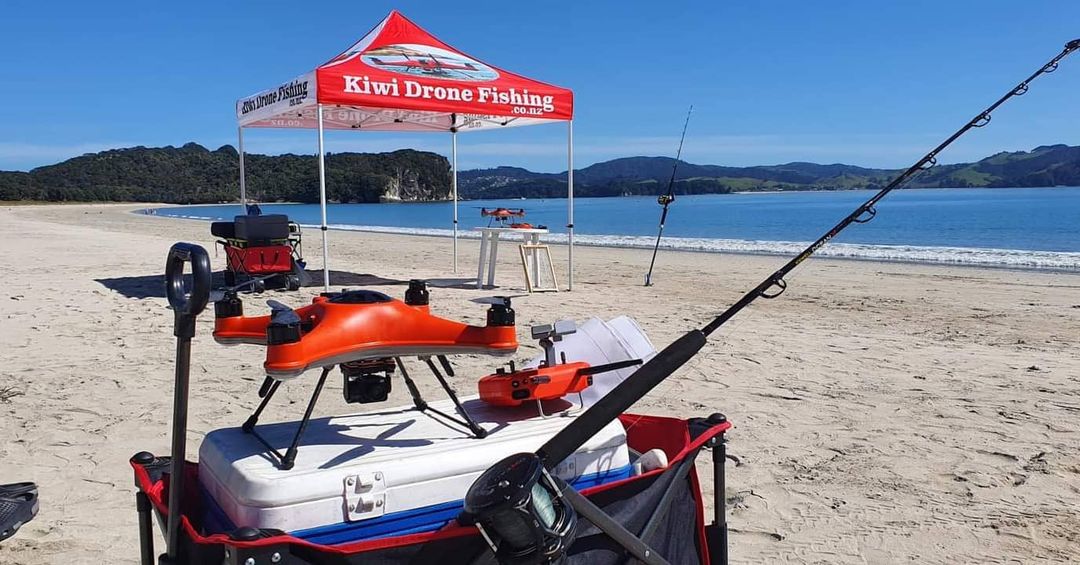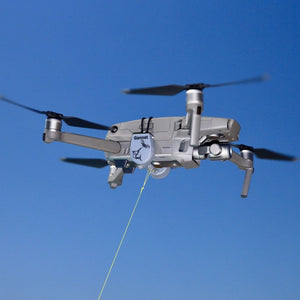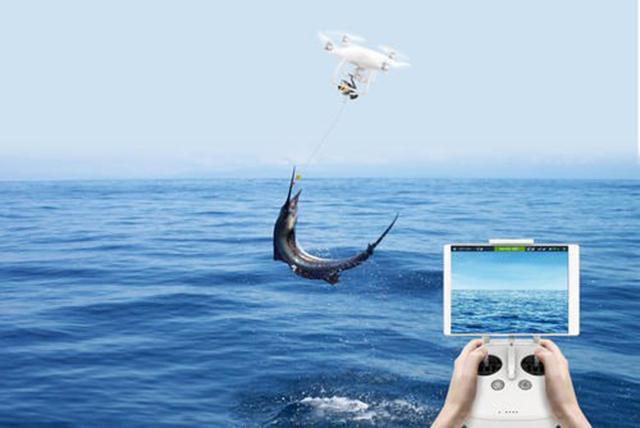
The regulations for drone fishing are important to understand if you plan on using one. You can also watch some instructional videos on how to fly a drone to catch fish. Our article on drone ethics will help you to make informed decisions about your drone use. We'll be discussing some of the ethical issues surrounding drone fishing. Don't forget our guide to drone fishing gear.
Regulations on drone fishing
While watching a video of drone fishing for tuna on YouTube, you may wonder what the regulations are. While there are many reasons to adhere to local laws, safety is the most important. You need to follow the right laws in order to protect the lives of both you and the fish. In this article we will cover some of the most important rules and make sure you follow them. Follow the International Game Fish Association guidelines.
Drones cannot fly over public areas such as sporting events or stadiums. They cannot be within 50 feet of any sporting event or carry weapons. Drone operators must always be able to see their aerial equipment. A drone cannot be flown over crowds, stadiums, critical infrastructure, or emergency response vehicles. So, if you're unsure of what the rules are for using a drone to fish, check with your local law enforcement agency and consult with an attorney.

While drone law has been adopted in many states, not all states have. For example, Illinois has recently enacted SB 2167. The bill prohibits the operation of drones within state parks without prior permission. It also defines privacy rights and sets out the rules that drone operators must follow for both recreational and commercial purposes. It also bans drones interacting with wildlife and hunters. These new laws should be completed in the next few years.
Drone fishing: Ethical concerns
Drone fishing is not without controversy, and the use of such technology is controversial. There are companies that sell underwater drones capable of fishing for fish. The video content of these drones often contains the actual fishing process, which is remarkably similar to casting a line to a fish. The method of removing a fish from the water is a bit different. Those who are ethically concerned about this type of fishing may want to look elsewhere for their entertainment.
While there are obvious advantages to using drones for fishing, some have argued that they may be cheating the fishing population. Although fishing hasn't changed much in millennia over, the thrill of the chase and the capture of a fish by drones may have an impact on the sport. A drone's use can pose problems for conservation. Here are some ethical issues to be aware of before you purchase a drone for fish-catching.

Drone fishing isn't the best option. Drone fishing could be dangerous to the environment and can overfish endangered species. While some states may allow the use of drones in recreational fishing, many do not. There are a number of limitations to drone fishing, including the fact that they must be expensive. Cheap drones might lack the GPS functionality, lifting capabilities, or control range needed. In addition, drone fishing can lead loss of fish if lines get tangled. The third issue is piloting.
FAQ
Are drones permissible at public events
Yes, you are free to fly a drone anywhere as long as you follow the rules. If you want to fly your drone in public events like parades, festivals, concerts, etc., you must get permission from the event organizers.
What are the rules for operating drones?
The FAA will require you to register your drone. The registration process involves providing information about your drone, such as its weight, size, battery power, and frequency. This registration process requires that you obtain an FAA identification code.
What US states have drones made legal?
A drone can be legally operated for recreational purposes. The Federal Aviation Administration (FAA) has set up guidelines that allow people to use small unmanned aircraft systems (UASs). Before they can be flown, these UASs need to be registered with FAA. Commercial operators can also fly these devices provided certain conditions are met by the FAA.
Is it safe to drive while flying a drone?
Flying a drone while driving is dangerous because you could crash into another vehicle or object. You also risk hitting pedestrians or other animals. You could also damage your car if you hit power lines, trees, or other buildings.
A drone can spy on you.
Yes, anyone can use drones to spy on them. The only way to protect yourself from drones is to be aware of them and avoid areas where they may fly. You should immediately call 911 if you see a drone fly around.
Statistics
- Research and Markets predict a growth rate of 51.1% over the next five years. (thedroneu.com)
- According to ZipRecruiter, the minimum hourly wage of drone pilots is $20. (thedroneu.com)
- According to the multiple listing service (MLS), houses and apartments with drone photographs are up to 68 percent more likely to sell than those without pictures. (thedroneu.com)
External Links
How To
How to Fly Drones With Beginners
A drone is a remote-controlled aircraft used for aerial photography, cinematography, surveillance, scientific research, and hobby purposes. Drone technology has existed since World War II. However, commercial use began in 2010 when DJI released their Phantom series of quadcopters. Many types of drones have been made available since then, from beginner-friendly models such as the Parrot AR Drone 2.0, to high-end multi-rotor craft such as the DJI Mavic Pro.
There are several ways to fly a drone, including;
-
Remote control – This technique uses a control device attached directly to your hands that allows you steer the drone around its flight path. There are two main types for controllers: Joysticks or On/Off switches, which can be used to control the drone's flight path.
-
Manual Control- This allows you to control your drone remotely via GPS coordinates. You will need to keep track of where the drone is going and follow the directions from the app.
-
Autonomous Flying - This allows the drone to take over all of the piloting duties. It is basically flying autonomously and without human intervention. To enable autonomous flight, the drone should have a built in camera and sensors capable recording images and data.
-
Triggered Flight - This method is similar to manual control, except the pilot manually sets up a preprogrammed route, and the drone follows that route until it reaches the endpoint. After the program is complete, the drone automatically returns to the ground.
-
Landing Gear: Some drones have landing gear that allows them safely to land in case they lose power or run low on battery.
-
Goggles: Some pilots use goggles in order to protect themselves against debris when operating.
-
Camera - Some drones can be equipped with cameras which enable you to capture photos from the sky.
-
Obstacles-Some drones come with obstacle avoidance devices that keep them from hitting obstructions.
-
Speed – Some drones can reach speeds in excess of 40 mph.
-
Battery Life – Most drones will last 20 minutes to three hours depending on how powerful they are.
-
Some drones have a range of up to 30 miles, depending on their model.
-
Power source - Some drones require an external power source; others work off internal batteries.
-
Weight - Some drones can be as light as 1 pound while others can reach 4 pounds.
-
Size - From small drones that can be carried in the palm of one's hand to larger drones that weigh over 50 pounds, drones come in a variety of sizes.
-
Price - High-end drones can go for thousands of dollars, while low-cost models start at $100.